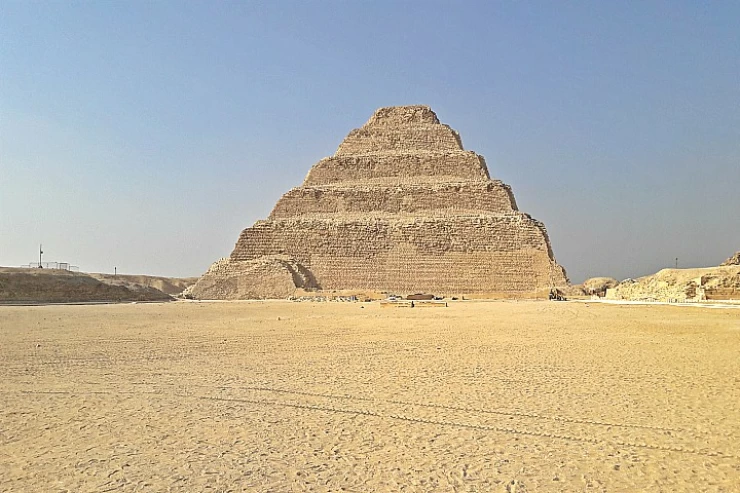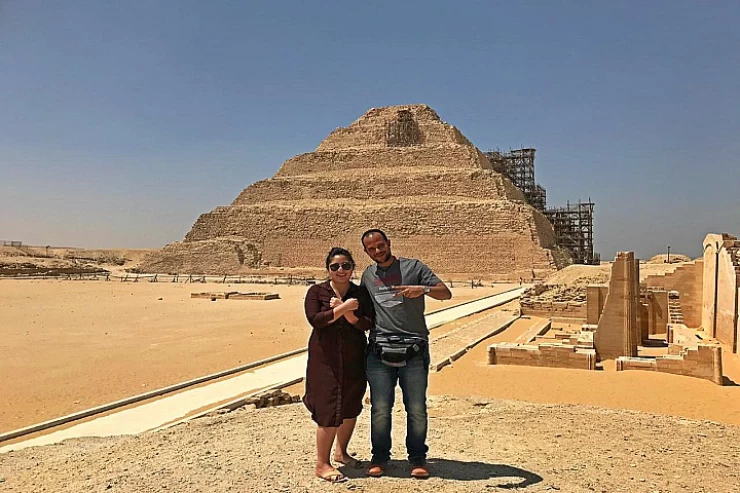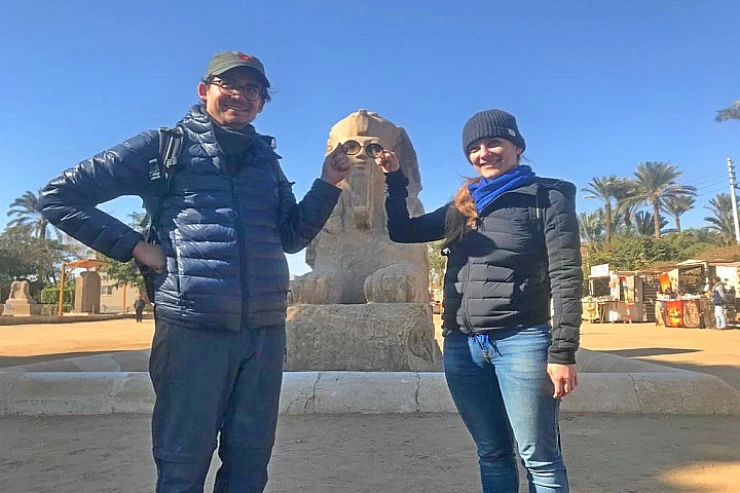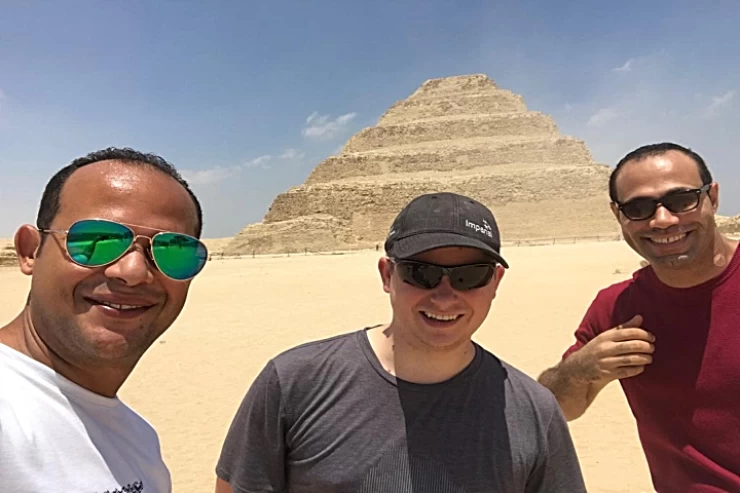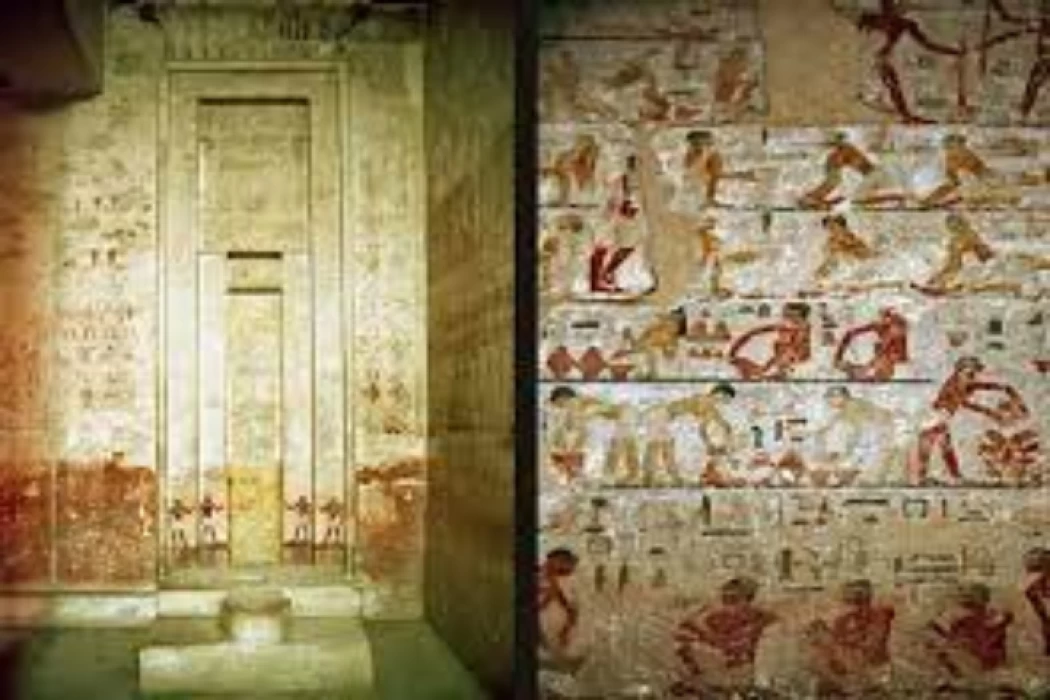
Mastaba of Ti, Saqqara
Ti Tomb Saqqara
The tomb of Tiye is located in the northern part of the Saqqara area, about 500 m northwest of the pyramid of Djoser. Tye was a senior official in the era of the last kings of the Fifth Dynasty, and held the position of supervisor of the pyramids of the kings Neferirkare and Nyuserre, and of the sun temples of Sahure, Neferirkare, Neferefre and Nyuserre at Abusir.
In 1877, Auguste Mariette discovered the tomb, which consisted of an entrance leading to a large courtyard with twelve square columns. The empty coffin of Ti was found in the burial shaft located in the middle of the outer courtyard. In the southern wall there are three openings through which a copy of the statue of Ti is seen inside the crypt today. Egypt’s Museum holds the original statue. Through it, the spirit of the deceased could follow the funeral rituals that took place in the tomb, as the deceased could communicate with the world of the living.
Among the most important scenes in the tomb is the scene of Ti being carried on a stretcher, as well as scenes of feeding geese and birds, which is similar to the way our people in the countryside follow now, as well as scenes of singers and musicians. There is also a scene of "Ti" and his wife supervising some workers who were engraved in several rows, so we see a group lighting a furnace to melt gold, scenes of sculptors and potters, stages of bread making, stone vessel makers and carpenters. There are also many other scenes such as offering sacrifices to deities, scenes of fishing and deer hunting, and other scenes of daily life.







